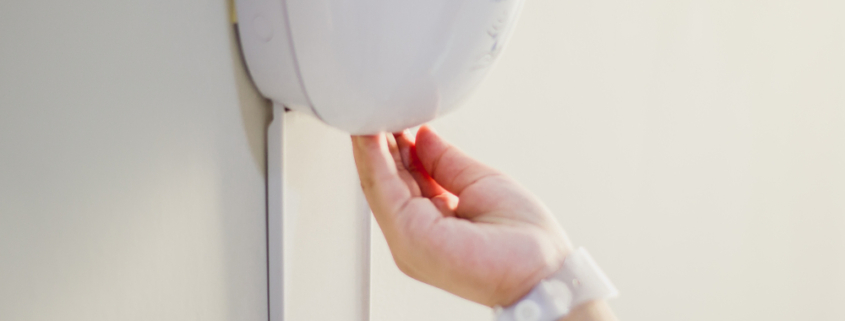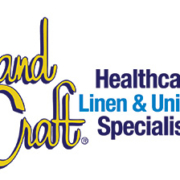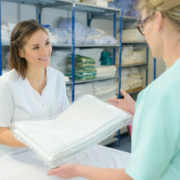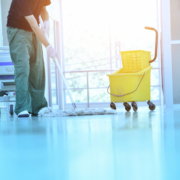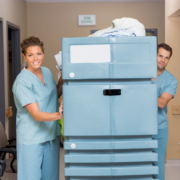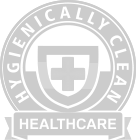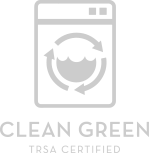How to Reduce Contamination in Patient Rooms
Today’s alarming virus outbreaks and the prevalence of antibiotic resistance and hospital-acquired infections call for changes in the way that we deal with contamination in our medical facilities. Even simple disinfecting procedures that have been in place for so long have proven inadequate in fully curtailing the problem.
In some cases, they have even been found to be contributing to the problem.
Maintaining patient room hygiene is more important now than ever. Here are some changes you can adopt in your patient room management routine to help reduce contamination:
1. Identify hotspots inside patient rooms.
Certain areas within a patient room harbor more bacteria than others. These are the areas that get frequently touched, are often neglected in the cleanup and disinfecting process, and/or get exposed to bodily fluids. Areas that need more focused and frequent cleanup include:
- Handrails
- Bedside Chairs and Tables
- Beds
- Linens
2. Encourage hand hygiene.
The hands are some of the dirtiest parts of the body. They can contain and sustain an ecosystem of germs, bacteria and viruses including the dreaded MRSA as well as the more common ones that cause diarrhea and hand-foot-mouth disease.
Because people are always using their hands, germs get passed along easily. This makes hand washing the single most effective deterrent against most infections and contaminations, especially in healthcare settings like patient rooms.
Encourage frequent hand hygiene inside the rooms by providing easy access to hand soap and warm water as well as alcohol-based sanitizers. Disinfect thoroughly and frequently, particularly in the areas that get touched by multiple hands throughout the day like door knobs and light switches.
3. Your floors matter more than you think.
Floors are some of the dirtiest surfaces anywhere, especially in medical facilities. This makes floor cleanliness even more crucial because of the presence of ill and vulnerable people. Because the majority of contaminants on the floor come from tracked-in dirt from shoes, the right type of floor mats might help limit the debris dragged inside the rooms. When it comes to floor cleaning, your choice of cleaning tools matters just as much as your disinfecting solutions.
Microfiber mops, for instance, have been proven more effective in eliminating bacteria than their cotton counterparts. The laundering of floor mops is also an essential step in reducing contamination in patient rooms, as these mops eventually get contaminated with whatever pathogens they’ve picked up off of the floors.
Utilizing a professional mop service is one way to ensure not just reliable, expert cleaning for these delicate items but also the integrity of the mops.
4. Rethink your laundry procedures.
Linens like bed spreads, blankets, and towels come into direct contact with ill patients and are often exposed to bodily fluid in the process. Poor handling before, during, and after use as well as at any stage of the laundry procedure can contribute to contamination.
Crucial to these procedures are the handling and transporting of used linens as well as the transportation and storage of clean ones. Find a medical linen service provider that can help you with cleaning, maintaining, storing and handling your soiled linens.
5. Secure your medical apparel.
Studies show that dangerous bacteria can end up on scrub suits and white coats. And they can be contaminated within hospital settings as much as they can in public. This makes allowing medical personnel to take them home for laundering dangerous to both the public and patients.
Medical apparel must be treated with as much care and attention as hospital-use linens when it comes to washing, handling and storage so that they don’t become inadvertent culprits in the contamination of patient rooms.
Help is Within Reach with HandCraft!
Reach out to HandCraft Linen and Uniform Specialists today to learn more about how we can help you keep your patient rooms clean and safe. Call us at (888) 358-8671 to speak with a consultant and learn more about our services and products!


